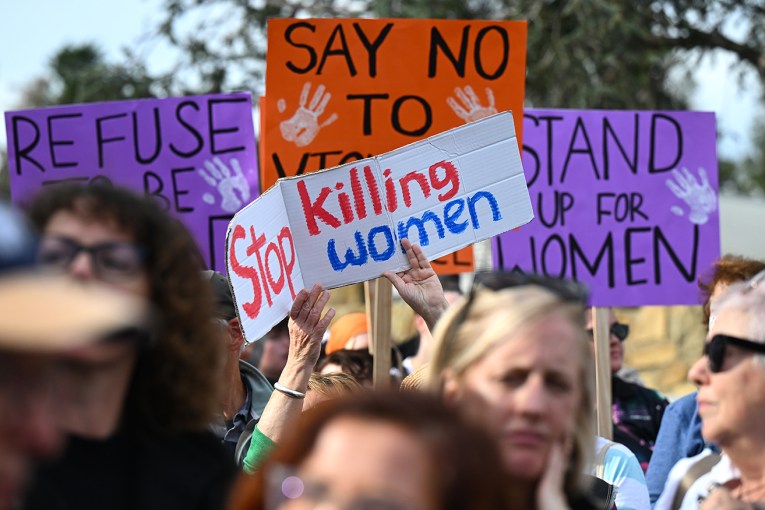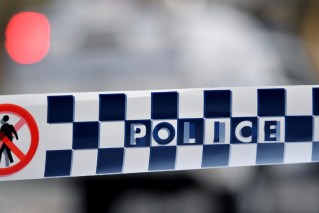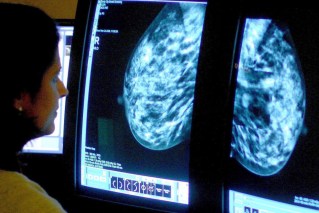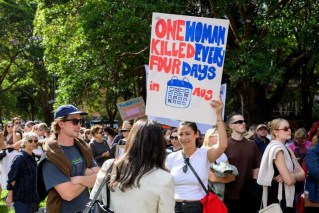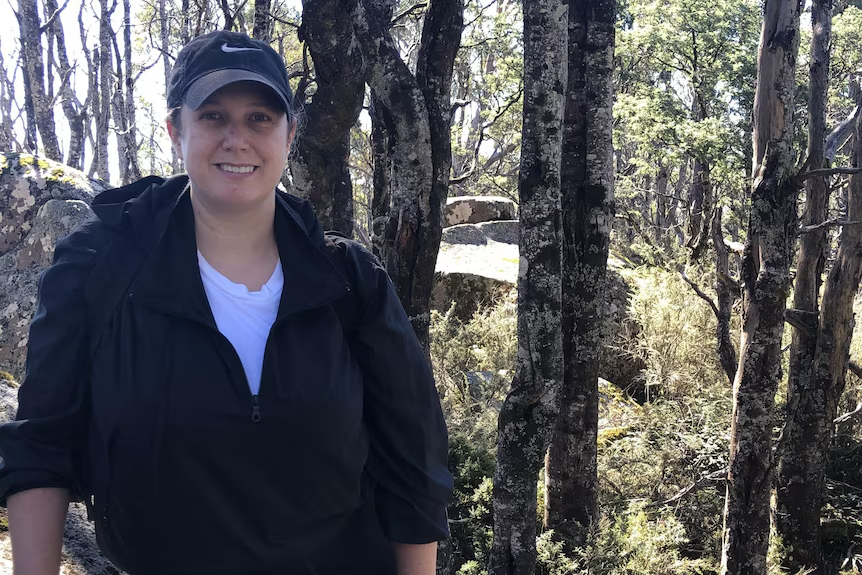‘Our luck will run out’ as Australia barrels into bushfire season

Bushfire season is starting early in Australia, as an expert warns “our luck will run out” without increased investment in disaster preparedness.
With Queensland’s fire season now “under way” according to the Bureau of Meteorology, alongside warnings that 80 per cent of the Northern Territory could burn by March, Australia is bracing for the worst as human-caused climate change and weather patterns increase the risk of deadly bushfires.
Tweet from @BOM_Qld
David Bowman, professor of pyrogeography and fire science at the University of Tasmania, told The New Daily there are lessons to learn from the deadly blaze in Hawaii that has killed at least 93 people.
“Fast-moving fires in landscapes that haven’t been properly prepared and in communities that aren’t properly prepared are not only a recipe for disaster, but are genuinely horrifying,” he said.
“Unfortunately here in Australia, we have many of the same settings and variations of urban areas in close proximity to flammable bushland.”
He said a warming climate combined with periods of extreme fire weather is “a recipe for disaster”.
“It’s a holy miracle that we haven’t seen something on the scale of Hawaii, losing an entire settlement or suburb,” Professor Bowman said.
“We’ve been amazingly lucky, but our luck will run out.”
Climate change
CSIRO research has confirmed the link between climate change and escalating fires in Australia, and three wet years have created plenty of fuel as Australia enters the drier and warmer El Nino weather pattern.

After years of wet weather, Australia is bracing for upcoming bushfire seasons. Photo: ABC
Professor Bowman said we have to start preparing for increasingly devastating fires “now and forever”.
“Fires are escalating and because of the complexities of our urban sprawl and design, this is a massive project,” he said.
“It staggers me the amount of work we’ve got to do and it’s not really starting. It doesn’t seem like there’s the investment to get it done.”
An Australian National University study from 2020 found the cost-saving benefit of early bushfire detection in Australia would be more than $14 billion a year as the world’s climate continues to warm.
Professor Bowman said he believes early warning systems failed in Hawaii because the situation escalated at speeds capable of overwhelming emergency signalling.
“One of the expectations in fire management is that individuals have a responsibility of situational awareness,” he said.
“Fire services are very clear they can’t provide 100 per cent reliable information, and the reason is because a fire could start and escalate quicker than the process can be implemented.”
Identifying fires
Technology is increasingly playing a part in identifying fires overseas, and the Australian National University and Optus have partnered to investigate the use of artificial intelligence, drones and sensors for bushfire detection in high-risk or environmentally significant areas.
Nick Wilson, a researcher with the ANU-Optus Bushfire Research Centre of Excellence, said by using a combination of technologies, researchers hope to explore new methods for identifying fires before they become uncontrollable.
“We don’t see this project as being about identifying the best sensor, it’s about identifying the strengths and limitations of these sensors so that we can inform their use in a complementary fashion,” Dr Wilson said.
“Part of what we are developing is notification systems or at least a way to provide this information to fire agencies so it is available for them to use.”
According to a study by the California State University in 2022, satellites are often unsuitable because they typically sweep the same area only every few hours, making them unsuitable for real-time fire detection.
The study also suggests ground-based sensors and nodes face the highest risk of damage because of their proximity to fires, but a combination of satellites, sensors, unmanned aerial vehicles and cameras can effectively reduce the risk of fires becoming uncontrollable.
Professor Bowman said even if technology is able to detect a fire early, it is just as important that organisations are able to communicate the risk to people.
“The problem you come back to is an organisation needs to interpret, package and disseminate information, and that is a huge investment,” he said.
“You effectively need a Bureau of Meteorology-level investment – they have forecasts, they have monitoring, they have all of the systems in place and they are pretty good at communications when they see dangerous weather.”
